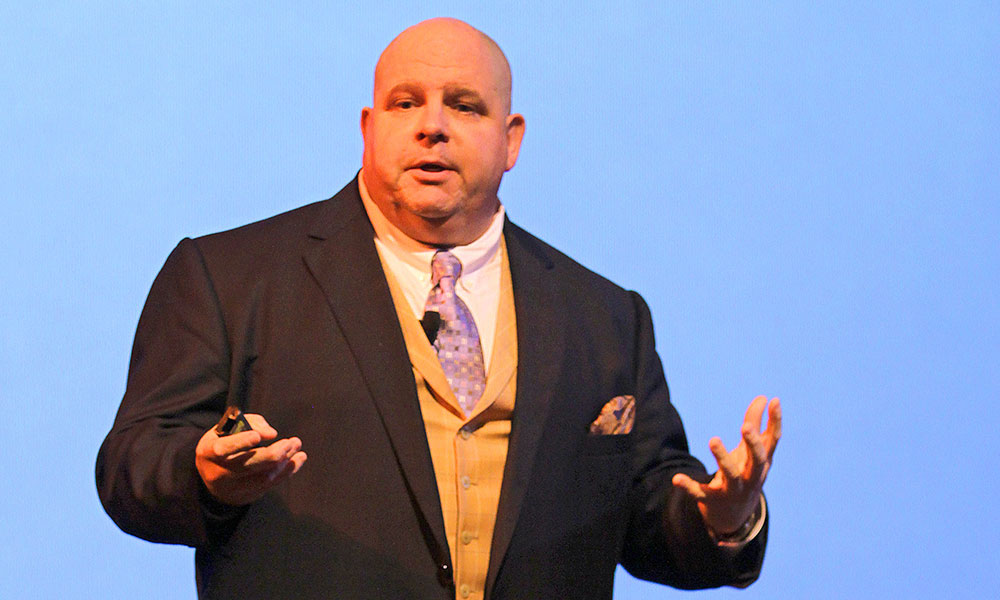
Why Strong Leaders Need Strong Cultures
Intentionally or unwittingly, leaders model the culture of their organizations. Sending the wrong message can make that culture one of distrust---and have a real impact on your success.
“What’s the pattern?”
Author, lecturer, and former executive John Spence returns to that question often. Speaking last week at ASAE’s Executive Leadership Forum in Quebec City, he encouraged attendees to look for the repeated challenges in their organizations’ cultures—the pain points that come up over and over again. Become an expert in your industry and with your people, he says, and you’ll begin to see the things that other people can’t.
Create a culture of catching people doing things right.
Spence gobbles down fearsome amounts of business books—two a week, he says—and he’s found a few patterns in all that reading too. He’s boiled what he’s learned into a formula, which looks like this:
(T + C + ECF) x DE = Success
(Don’t take the formula aspect of this too seriously; Spence recognizes that leadership is too complicated to reduce to one line. But that line does neatly summarize the top concerns that leaders need to factor in when building teams.)
T stands for talent; C for culture; ECF for extreme customer focus; DE for disciplined execution. Each are important, but Spence spent much of his talk focused on the cultural aspect of the equation: Creating an environment where employees deliver their best work and feel valued. The patterns in a successful culture? Spence had a long list, but they involved being treated respectfully; the freedom to succeed; a feeling of doing something important; and a sense of pride in where they work. (There’s a difference between somebody saying “I’m an engineer” and saying “I’m an engineer for Microsoft,” Spence pointed out.)
Straightforward stuff. But these points might be particularly meaningful for association leaders in that none of those patterns—and none of the others Spence listed—had anything to do with compensation. Spence’s research tells him that if you pay employees fairly (within ten percent of the market average), you can attract and keep top talent—if you get the cultural parts right.
That matters for your employees, but it also matters for your volunteers. Getting board and committee members behind your efforts is a cultural skill as much as a managerial skill. Spence had three suggestions for getting unpaid stakeholders behind you:
1. Make abundant use of their resources. But use the right resources in the right way. Nobody wants to feel like they’re doing busywork, especially for free. Understand the skill sets of the people on your team, and identify the ones that would help them feel gratified by the experience while contributing to your goals.
2. Give clear instructions. Knowing what the targets are is especially important in groups where check-ins may be quarterly or even less often.
3. Build in recognition. Organizations tend to default toward criticizing flaws rather than celebrating small successes. “Create a culture of catching people doing things right,” Spence said.
A failure to do these things erodes trust—and a lack of trust is the first thing that will undo a team, whether they’re paid employees or a group of volunteers. “You set the culture through your example,” as Spence put it.
How does that work in your organization? What do you do to help support a strong culture among your employees, and what’s the hardest part about keeping it strong?
Author John Spence, who spoke at ASAE's Executive Leadership Forum in Quebec City. (press photo)






Comments